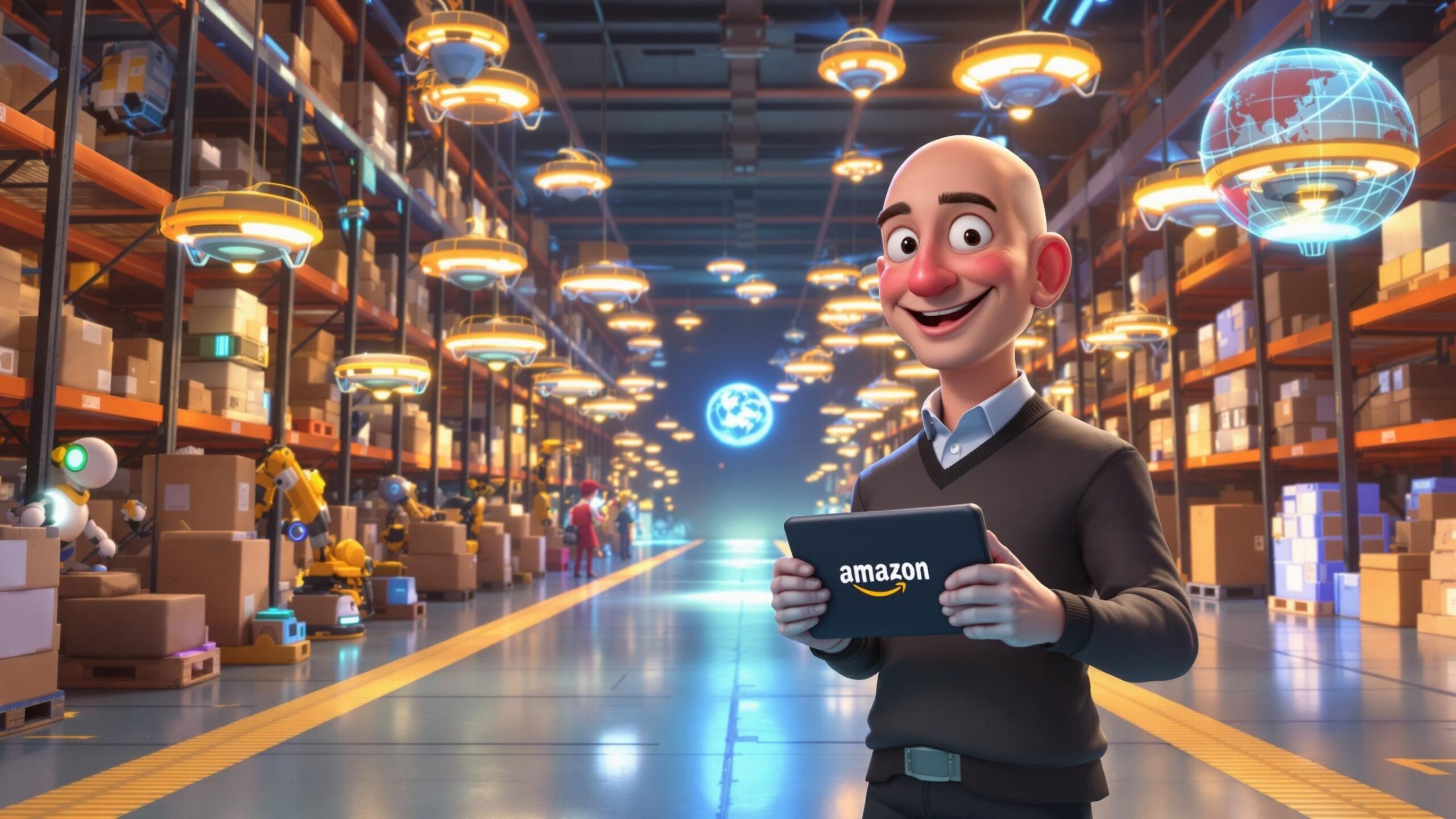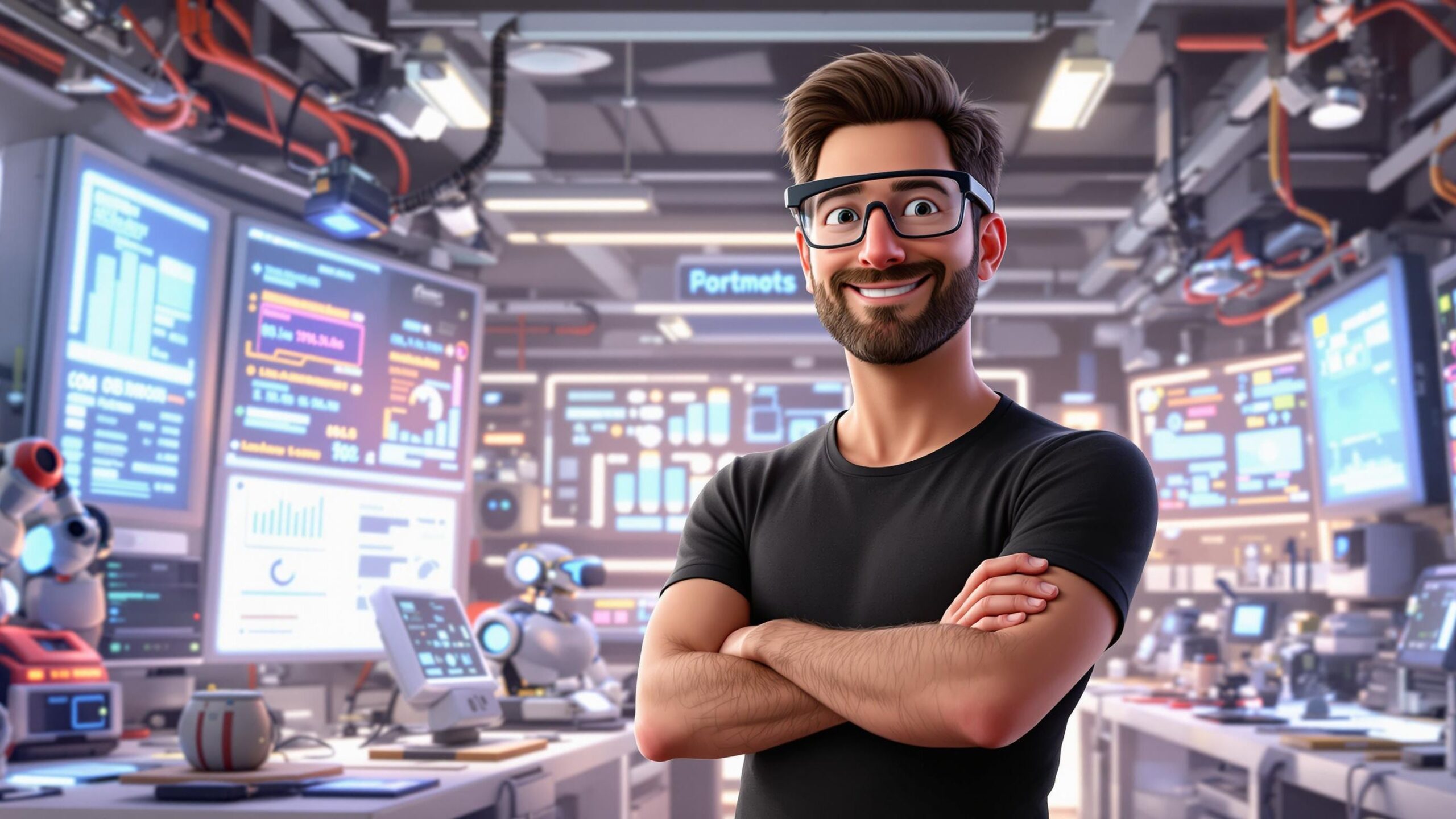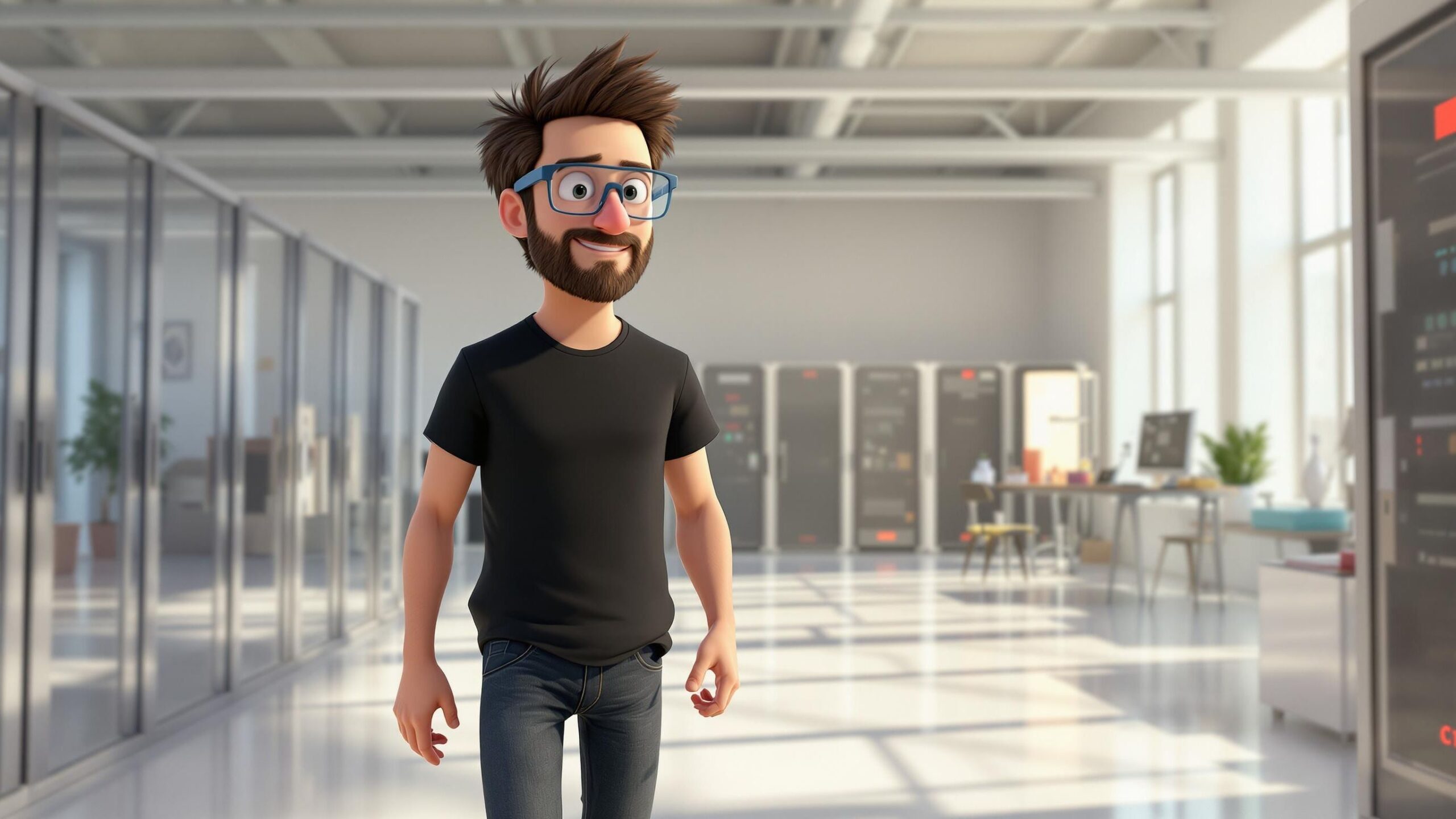Before personal computers sat on every desk and in every home, before software was a word your grandma could recognize, there was Bill Gates—an unassuming, brilliant mind who saw the digital revolution coming long before it had a name. Gates didn’t just ride the wave of innovation—he created it, line by line, code by code. As the co-founder of Microsoft and the driving force behind Windows, Gates shaped the very operating system of modern life. He was a strategist, a software savant, and a business mastermind who brought computing to the masses. But beyond the spreadsheets and startups, Gates would evolve into a philanthropic powerhouse—proving that one man could not only change how the world works, but how it lives. This is the story of Bill Gates: the software architect who opened a window to the digital age—and never stopped building.
Childhood Curiosity and Harvard’s Dropout
Bill Gates was born in 1955 in Seattle, Washington, to a family that valued curiosity and learning. He devoured books with the same intensity he would later apply to computer code. By the time he was 13, Gates was already programming on a teletype terminal at his private school—writing his first tic-tac-toe game in BASIC. It was there that he met Paul Allen, the quiet, brainy kid who would eventually become his co-founder at Microsoft. The two bonded over computers when they were still the size of refrigerators and dreams of personal computing were closer to science fiction than reality. Gates went on to attend Harvard in 1973 but found himself more consumed by code than class. In 1975, after reading about the Altair 8800—the first consumer microcomputer—Gates dropped out of college to pursue a vision that most people thought was absurd: a future where software was king, and every person had a computer of their own. He and Allen founded “Micro-Soft” that same year, writing a version of BASIC for the Altair. They didn’t just write code—they planted the seeds of a digital empire.
The Microsoft Mission: A Computer on Every Desk
From the beginning, Gates had an audacious vision: “A computer on every desk and in every home, running Microsoft software.” At a time when computers were still rare, that ambition sounded outrageous. But Gates believed deeply that software—more than hardware—would shape the future. Microsoft’s early breakthroughs came from partnerships. In 1980, IBM approached Microsoft to supply an operating system for its first personal computer. Gates didn’t actually have one—yet. So he bought a small system called QDOS, adapted it, and renamed it MS-DOS. It shipped with the IBM PC and became the foundation for Microsoft’s dominance. But it was Windows that would become Gates’ legacy. Released in 1985, Windows brought a graphical interface to MS-DOS, allowing users to click icons, drag windows, and navigate with ease. It democratized computing. You no longer had to speak the language of code to use a computer—you just needed a mouse and a monitor. Windows 3.0, Windows 95, Windows XP—each version became more ubiquitous. Microsoft Office added tools like Word, Excel, and PowerPoint to the ecosystem, further embedding Microsoft into the very fabric of professional and personal productivity. Gates didn’t just sell software. He created the interface through which modern life would operate.
Ruthless Competitor, Relentless Innovator
Behind Gates’ nerdy glasses and monotone delivery was a fierce competitor. He had a reputation for being intense, exacting, and unrelenting—especially in meetings. Engineers who survived his famous “Think Week” critiques still recount the intellectual gauntlets he threw down. Gates obsessed over detail. He read every line of code, questioned every assumption, and expected excellence. Microsoft became known for its aggressive tactics—buying out competitors, bundling products, and using its market dominance to stay ahead. This eventually led to a massive antitrust case in the late 1990s, where the U.S. government accused Microsoft of monopolistic practices. Despite the controversy, Gates’s legacy was secure. He had turned a two-man startup into one of the most powerful companies in the world. By 1999, he was the richest man on Earth—and Windows was practically a household utility. Through both brilliance and business acumen, Gates had made Microsoft the default engine of the digital world. While others chased hardware glory, Gates quietly cornered the market in software—where the real power lay.
The Pivot: From Tech Titan to Global Philanthropist
In 2000, Gates stepped down as Microsoft CEO, handing the reins to his longtime friend Steve Ballmer. While he remained involved as chairman and chief software architect, his interests began to shift—toward something even bigger than operating systems: saving lives. He and his wife Melinda founded the Bill & Melinda Gates Foundation, now one of the largest philanthropic organizations in history. Its mission: to tackle global health, poverty, and education with the same analytical rigor that made Microsoft a juggernaut. Gates turned his attention to diseases like malaria, HIV/AIDS, and polio—championing vaccines and funding medical research. He invested billions into improving sanitation, providing clean water, and increasing access to contraception. In education, he championed data-driven reform, digital learning tools, and school innovation. He brought his love of metrics, graphs, and outcomes to every philanthropic endeavor. It wasn’t just about charity—it was about measurable impact. Gates the technologist had become Gates the humanitarian. Even in the face of skepticism or criticism, Gates stayed focused on global outcomes. When COVID-19 struck, his early warnings about pandemic preparedness resurfaced, cementing his status as a voice of foresight.
Bill Gates Today: Legacy, Learning, and Looking Ahead
Today, Bill Gates is a modern polymath. He writes books, gives TED Talks, and reads more in a week than most people manage in a year. His blog, Gates Notes, covers everything from clean energy and AI ethics to recommended summer reads. He’s also become a major voice in the climate crisis, advocating for innovation in green energy, sustainable farming, and carbon capture. His 2021 book How to Avoid a Climate Disaster lays out a roadmap for a zero-carbon future—filled with the same clarity and logic that once guided his programming decisions. Gates has pledged to give away most of his fortune through the Giving Pledge, a campaign he co-founded with Warren Buffett to encourage billionaires to donate the majority of their wealth. While his personal life has been the subject of media scrutiny, including a high-profile divorce in 2021, Gates has remained focused on what he calls his “second act”—changing the world not through software, but through systems: healthcare, education, environment.
The Man Who Made the World Click
Bill Gates didn’t just create software—he created access. Access to technology. Access to information. Access to opportunity. He was the architect of a digital operating system that came to define productivity, communication, and creativity for billions. But more than that, Gates is a rare kind of visionary: one who successfully reinvented himself for a greater purpose. From lines of code to vaccine distribution lines, from spreadsheets to sanitation systems, Gates’s life has been a journey of building platforms—for both computing and compassion. He’s lived at the intersection of intellect and impact, logic and legacy. In the annals of tech history, Gates will forever be remembered as the man who made computers useful for everyone. But in the story of humanity, he may one day be known just as much for the lives he helped save, as the machines he helped sell. And that’s perhaps the most revolutionary software he ever wrote—the code to a better world.




